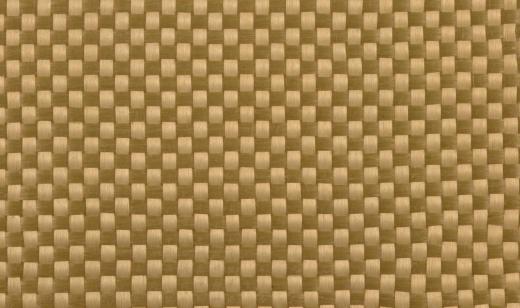How does Body Armor Work?
 Michael Anissimov
Michael Anissimov
Body armor, or more commonly, the 'bulletproof vest' — or, more appropriately, the 'bullet-resistant vest' — is a staple for soldiers, police, and body guards everywhere. Bullets are hard and fast and human flesh is weak and soft. Body armor is the trump card that gives soldiers superhuman defense against flying projectiles.
Almost all forms of body armor involve Kevlar® or something similar to it, and vastly more expensive. Kevlar® is DuPont's brand name for a synthetic fiber claimed to be five times stronger than steel, by weight. Its chemical name is poly-paraphenylene terephthalamide.

Kevlar® is manufactured through polymerization and spun in much the same way a spider spins its web. The molecular-level structure of the material is composed of millions of tiny planar sheets, only one molecule thick. It is through this onion-like layering that Kevlar® gets its formidable stopping power. That is, the various layers are able to absorb at least some of the kinetic energy of the bullet and divert it in another direction.

Kevlar® has only been around since the early 1970s, and is of course just the latest step in the ongoing arms race between armor and guns. Kevlar® was a big step forward for body armor because it is lightweight, durable, flexible, and stops bullets that are moving very fast. There are multiple classes of Kevlar® body armor, defined by which types of bullets they can block at which speeds, and some of the better models have metallic or ceramic "trauma plates" that provide even greater protection. A typical bulletproof vest has between ten and thirty layers of Kevlar® for redundant protection.

Some of the best body armor in existence is practically impenetrable to conventional firearms. For example, the Dragon Skin™ body armor, made by the company Pinnacle Armor, is made up of hundreds of little laminated titanium or ceramic discs and can stop a machine gun at point-blank range. This body armor is so effective that it is worn by US Generals while in the field.
AS FEATURED ON:
AS FEATURED ON:















Discuss this Article
Post your comments